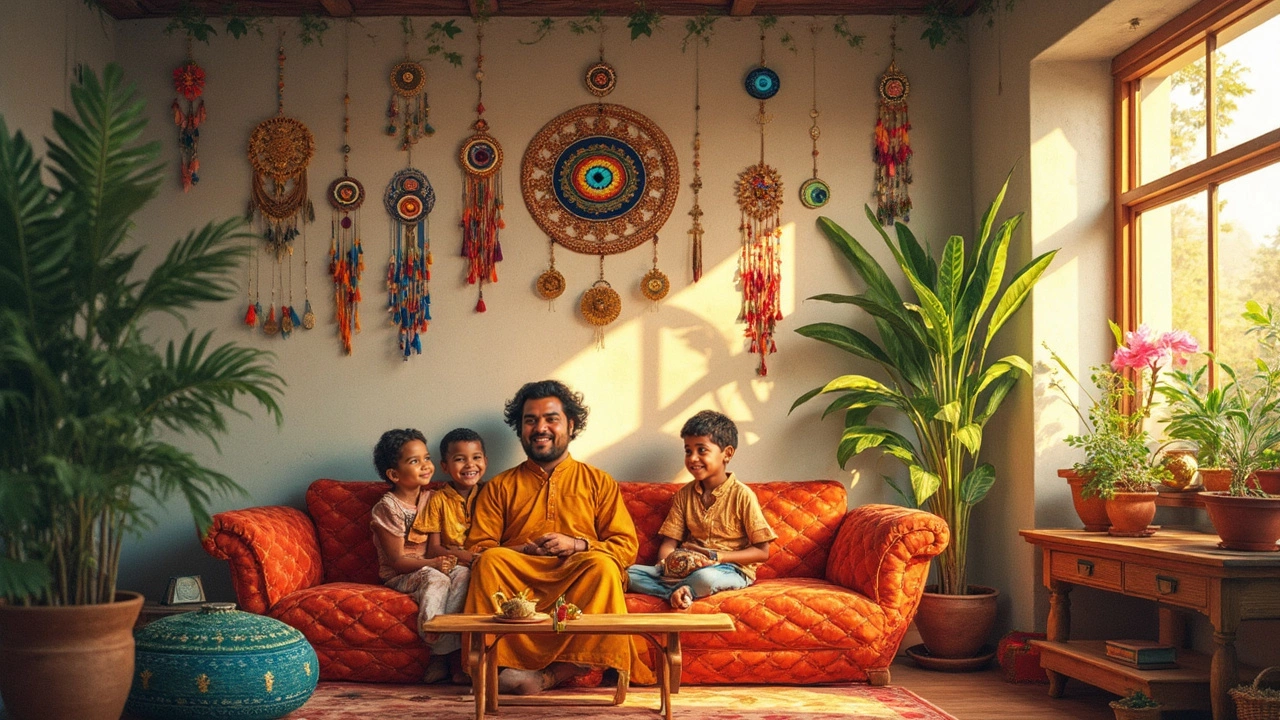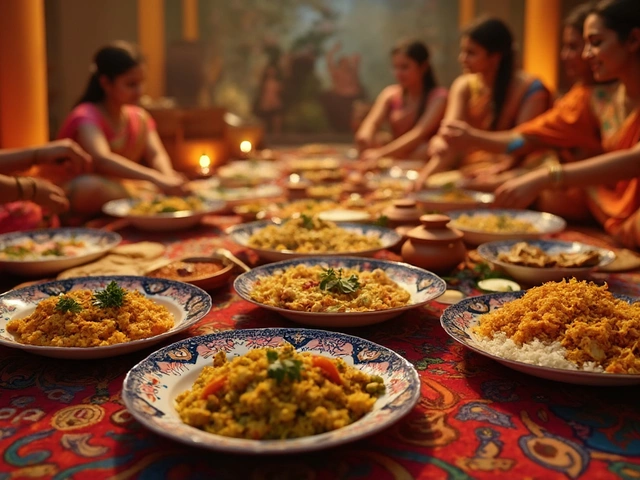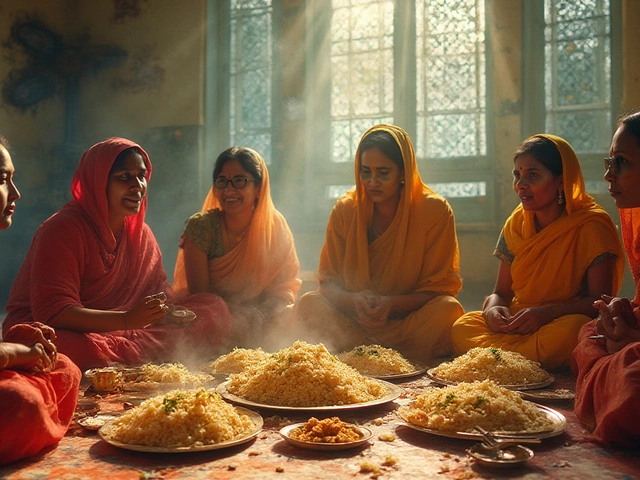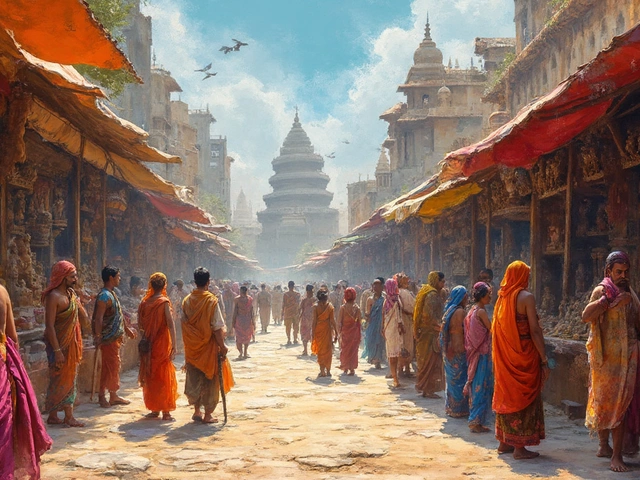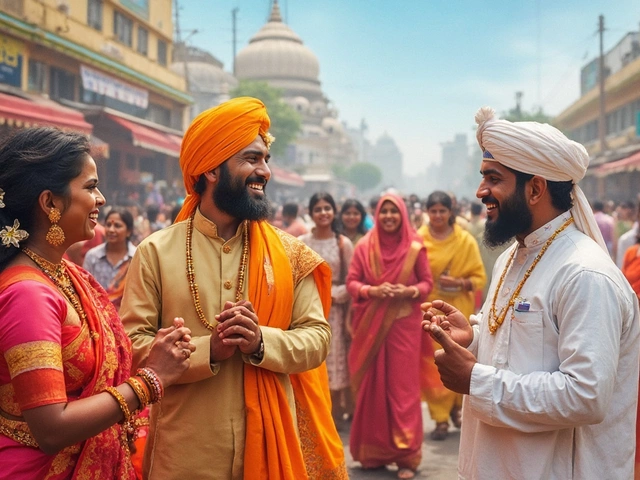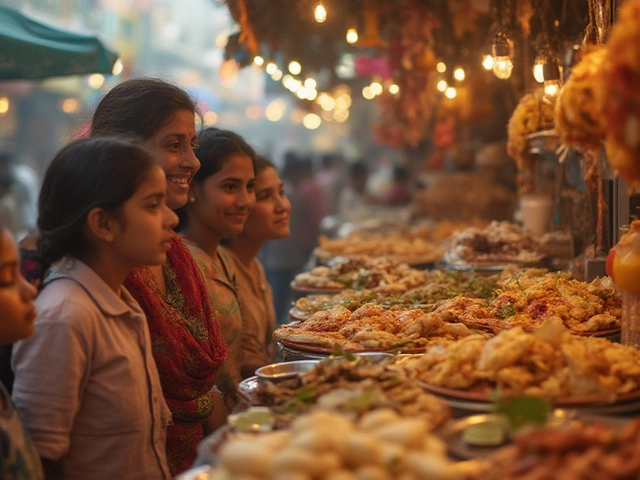Lucky Charms in India: Beliefs, Symbols, and Cultural Traditions
When people in India hang a lotus flower, a sacred symbol in Hinduism representing purity and spiritual awakening. Also known as Padma, it's carved into doorways, worn as pendants, and painted on walls to draw positivity and ward off misfortune. They’re not just decorating—they’re activating belief. Lucky charms in India aren’t random trinkets. They’re deeply tied to centuries-old rituals, religious texts, and regional customs passed down through families. Whether it’s a small red thread tied around the wrist or a tiny image of Ganesha tucked into a wallet, these objects carry weight—not because they’re magical, but because the people who use them believe they are.
One of the most common evil eye amulet, a blue or black bead worn to deflect negative energy and envy. Also known as nazar battu, it’s found in homes, vehicles, and even newborns’ clothing across rural and urban India. You’ll see it hanging from rearview mirrors in Mumbai traffic, stitched onto children’s caps in Kerala, and sold in every temple gift shop. Then there’s the Om symbol, the primordial sound and spiritual emblem in Hinduism, Buddhism, and Jainism. Also known as Aum, it’s etched into jewelry, printed on clothing, and drawn on doorframes to invite harmony and divine protection. These aren’t just decorations—they’re tools for mental calm and spiritual alignment. People don’t wear them because they’re trendy. They wear them because they’ve seen their grandparents do it, and it worked. For many, luck isn’t about chance. It’s about intention, ritual, and continuity.
Some charms are tied to specific gods. A small Ganesha idol, the elephant-headed deity who removes obstacles and brings success. Also known as Vighnaharta, it’s carried by students before exams, placed on car dashboards, and kept in shops to ensure smooth business. Others are tied to nature—a peepal leaf tucked into a purse, a cowrie shell in a pocket, or a piece of turmeric tied with a red string. Even the way you tie your shoelaces can be considered lucky in some villages. These practices vary wildly from region to region. In Gujarat, people might keep a salt bowl near the entrance. In Bengal, they hang a mango leaf garland during festivals. In Tamil Nadu, the first thing a new home gets is a drawn kolam pattern at the doorstep—believed to invite prosperity. There’s no single rulebook. But there’s a shared truth: in India, luck isn’t something you wait for. It’s something you invite, every day, with small, quiet acts.
What you’ll find in the articles below are real stories, real objects, and real people who live with these charms—not as relics, but as living parts of their daily rhythm. From the sacred geometry of rangoli to the whispered mantras on a thread bracelet, you’ll see how belief shapes behavior, and how tradition keeps turning, even in a digital age. These aren’t myths. They’re habits. And they’re still very much alive.
